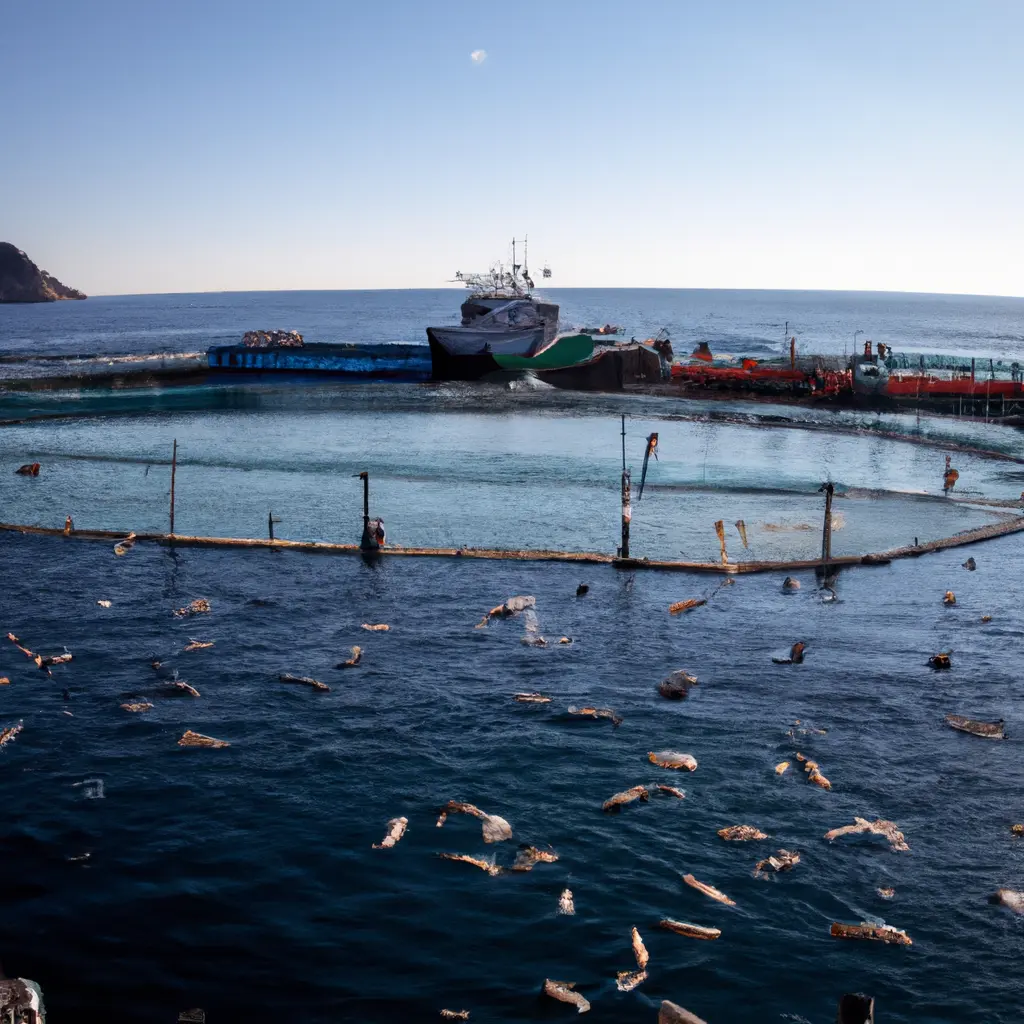Spain-Japan: a connection you didn't know about

Japan turns to Spanish aquaculture to acquire the most popular product of its gastronomy - red tuna. Is it worth making such a long journey? In terms of quality, taste, and safety, the answer is yes.
There are many kings of the seas.
For example, if you grew up with the tale of "The Little Mermaid," then the king will be Triton; but if you prefer classical culture, you might believe in Poseidon or Neptune (here's a thought about the Roman Empire today).
But aside from mythology, the crown of the king of the sea is usually given to the red tuna; at least from a gastronomic point of view. The red tuna is a fish known for its flavor, essential in the menus of the most famous restaurants, and considered semi-divine in the culinary culture of a country that treats food with such ceremony as Japan does.
Among the properties of tuna, there is one that is not related to the fact that it is a great source of vitamins and minerals, or that its meat contains low levels of saturated fats and 12% fat rich in omega-3. No, the most remarkable property of this blue fish is its ability to unite two countries separated by more than 11,000 kilometers: Japan and Spain.
Aquaculture, a guarantee of balance
The fact is that Japan is the largest importer of Spanish red tuna, primarily tuna from Spanish aquaculture. Aquaculture, which involves the cultivation of fish and seaweed using technologies aimed at producing the highest quality product while considering the ecosystem, is the best guarantee for providing fish without harming the natural environment.
To achieve this goal, balance is key: ensuring the supply of fish while simultaneously preserving wild fish populations. Fishing alone is not enough to provide the population with the fish necessary for a healthy diet, so combining it with aquaculture is the ideal solution. As a result, aquaculture harvests already exceed those from fishing worldwide (57.3% of the total volume), and the search for greater efficiency and sustainability in farming models will continue in the coming years.
According to data from the Ministry of Agriculture, Fisheries, and Food, about 96% of Spanish red tuna is exported directly to Japan, both fresh by air and super-frozen by sea. Moreover, more than half of the Spanish aquaculture red tuna, raised in Cartagena, where the largest harvest in our country and one of the largest in Europe is located, is destined for - yes, you guessed it - Japan.
Why is it worth taking such a long journey?
Because the Japanese market needs quantity, but always prioritizes quality.

Therefore, Japan's bet on fish farmed in Spain confirms the quality, sustainability, and safety of Spanish aquaculture - a special guarantee provided by perhaps the most demanding consumers in the world. Consumers who will enjoy most of this red tuna raw, highlighting the importance of the product, and only the best red tuna, the tastiest and safest, can pass this gourmet test.
Spanish aquaculture - a guarantee of quality
If there is one thing we know about Japan, it is that it doesn't make mistakes when choosing what to import from Spain. It hasn't made a mistake with flamenco, it hasn't made a mistake with Iberian ham, and it hasn't made a mistake with red tuna, because it has the best ally to ensure its supply and quality: Spain's aquaculture.
It's no surprise to find aquaculture products in the best restaurants of the Far East, and it's no surprise to find them in our restaurants as well. Because, contrary to the stereotype, aquaculture is valued in our country and beyond... and within.
In fact, Spain is a key player in this industry, as it has the largest aquaculture harvest in all of Europe and ranks second in production value. It is also a leader in innovation, as evidenced by the large number of scientific papers and the excellence of various research centers and R&D departments that Spain possesses.
The fame of Spanish aquaculture reaches "from here to Japan," and these are not just empty words that we have heard so many times, and who knows if they are true. This is a real and intriguing connection that starts with aquaculture, travels from Cartagena to Toyosu, and receives the crown of a king, without being Triton, Poseidon, or Neptune.
Comment
Popular Posts
Popular Offers

Subscribe to the newsletter from Hatamatata.com!
Subscribe to the newsletter from Hatamatata.com!
I agree to the processing of personal data and confidentiality rules of Hatamatata













